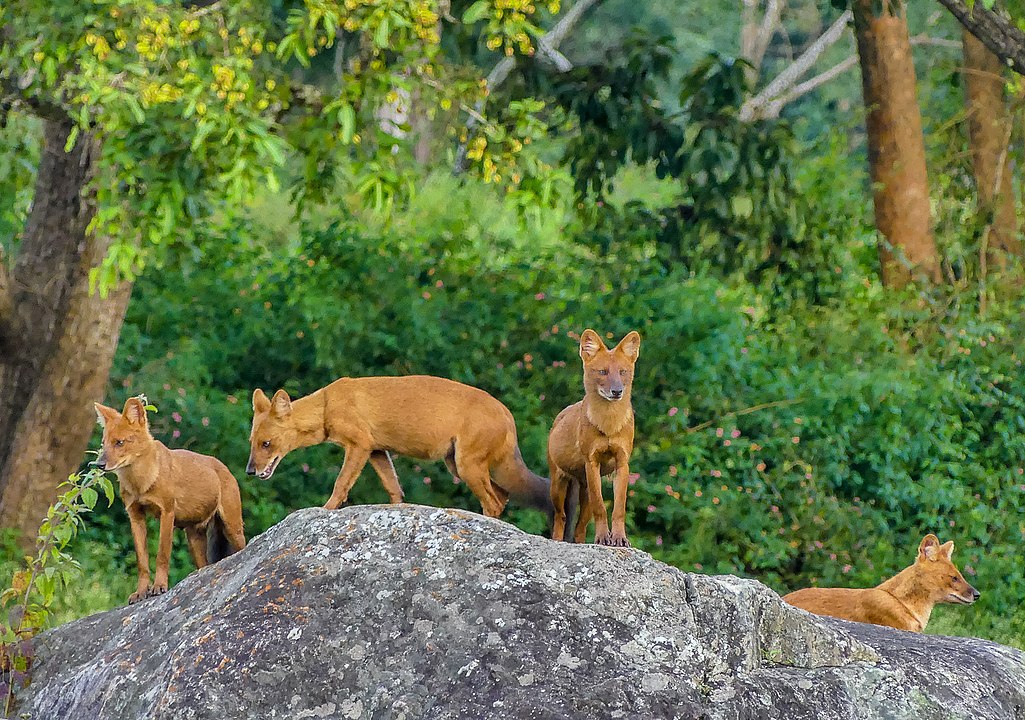
By Mike Prince from Bangalore, India - Asiatic Wild Dogs, CC BY 2.0
The most recent data released by the Statistical Centre for the Cooperation Council for the Arab Countries of the Gulf (GCC-Stat) reveals a 6.6 percent rise in the area of terrestrial reserves within GCC nations in 2023, totaling 390.5 thousand square kilometers, an increase from 366.5 thousand square kilometers the previous year.
Furthermore, the combined area of mountain reserves in the Sultanate of Oman, the United Arab Emirates, and the Kingdom of Saudi Arabia grew from 9.5 thousand square kilometers in 1996 to 14.7 thousand square kilometers by 2022. According to the statistics published in the March 2025 bulletin, the total area of nature reserves in the GCC experienced a significant increase in 2020, reaching 352.6 thousand square kilometers, compared to 111.4 thousand square kilometers in 2015.
Wildlife conservation has been a longstanding priority for GCC countries. In 1985, the GCC Environmental and Wildlife Award was established, followed by the introduction of the Green Gulf Initiative for Environment and Sustainable Development in 2007.
All GCC member states ratified the Convention on Biological Diversity in 2010, and in 2012, they became parties to the CITES agreement, which subsequently came into effect. In 2016, the GCC Environmental Web Portal was launched to enhance biodiversity monitoring throughout the region.




